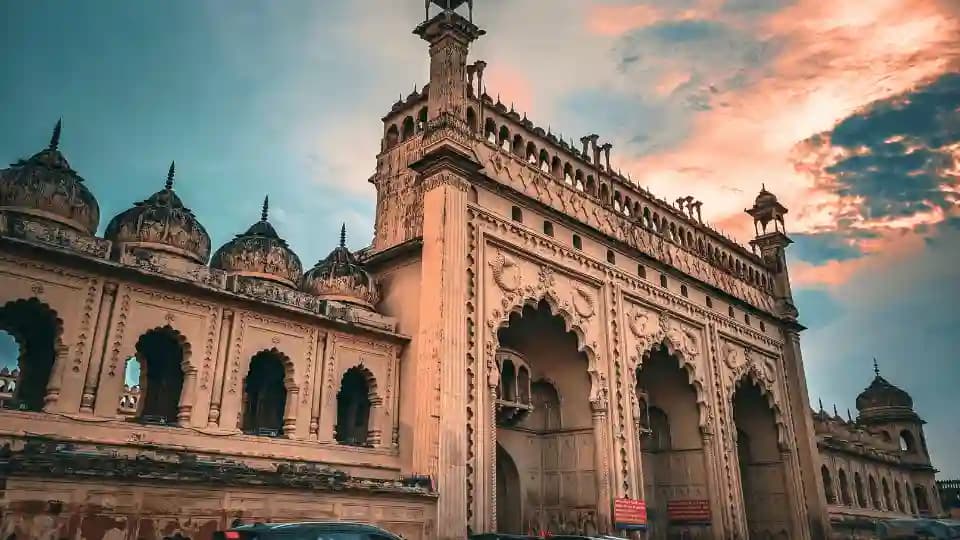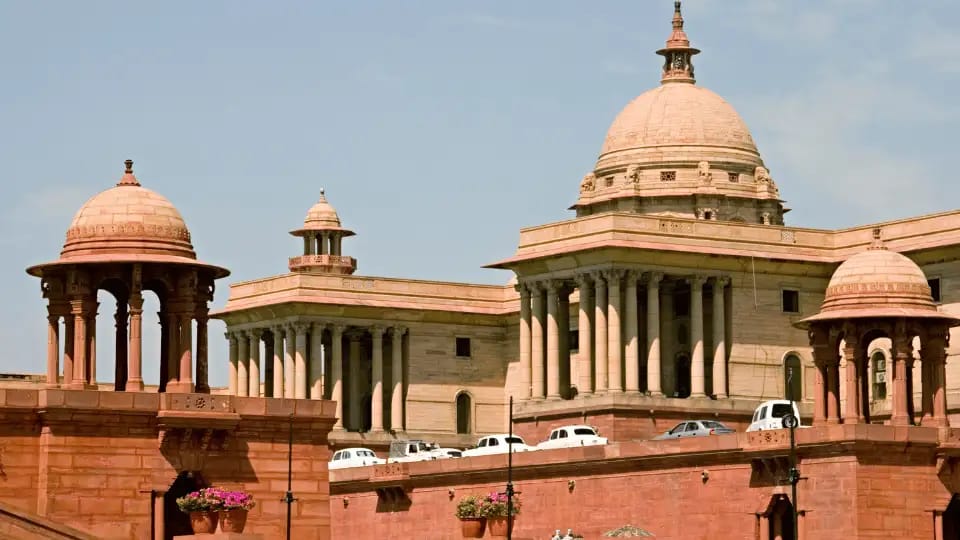Indian Immigrants Drive U.S. Economy — Despite Political Criticism
Washington, D.C.: A new economic report has highlighted what many experts have long believed — Indian immigrants are among the biggest contributors to the U.S. economy, creating jobs, paying taxes, and helping reduce national debt, even as political rhetoric continues to target them.
The study, led by economist Daniel Di Martino from the Manhattan Institute, found that Indian immigrants contribute more to America’s fiscal health than any other major immigrant group. Over a 30-year period, the average Indian immigrant and their descendants are expected to save the U.S. government about $1.6–$1.7 million and significantly boost the country’s GDP.
Skilled Talent, Strong Returns
The research singles out H-1B visa holders—many of whom are highly skilled Indian professionals in technology, healthcare, and finance—as a key reason for this fiscal advantage.
Each H-1B visa holder, the study estimates, helps reduce U.S. national debt by around $2.3 million and adds nearly half a million dollars to the GDP over three decades.
“It’s ironic,” Di Martino noted, “that the very group being criticized in political debates is actually the one helping the U.S. economy the most.”
His findings arrive at a time when former President Donald Trump and his supporters have renewed criticism of immigration, particularly targeting Indian professionals. Yet, the data paints a very different picture—one of long-term economic strength driven by skilled migrants.
Comparing Immigrant Groups
The study compared major immigrant communities and their fiscal impact. Indians topped the list, followed by Chinese, Filipinos, Colombians, and Venezuelans. In contrast, certain low-skilled immigrant groups from Central America were found to have a net negative fiscal effect.
Overall, South Asians emerged as the most economically beneficial immigrant group, with Western Europeans close behind.
The Policy Perspective
The findings come with a clear policy message: the U.S. could cut its national debt by nearly $20 trillion over 30 years by reforming immigration to prioritize highly educated, skilled professionals.
Di Martino recommended expanding the H-1B visa program, granting more green cards to Indians, and temporarily reducing visa quotas for other nations to address the massive backlog faced by Indian applicants.
Currently, Indian professionals often wait over a decade for permanent residency, while most other nationalities receive it within two years.
“If the U.S. truly wants to strengthen its economy, it needs more high-skilled immigration—not less,” Di Martino explained.
The Bigger Economic Picture
This report also comes as the U.S. government faces a historic debt level of over $38 trillion, the highest in its history. Experts warn that rising debt could lead to higher inflation, increased borrowing costs, and reduced consumer power over time.
While the Treasury Department recently reported a slight dip in the federal deficit, the long-term debt trend continues upward, putting pressure on the government to seek new sources of economic stability and growth.
Expert Insight
According to Varun Singh, Managing Director at XIPHIAS Immigration, the research reinforces the crucial role of Indian professionals in America’s success story.
“Indian talent has been the backbone of innovation in the U.S. tech and healthcare sectors,” Singh said. “These professionals don’t just fill jobs—they create opportunities, support local economies, and strengthen the country’s fiscal base.”
He added that easing visa backlogs and expanding high-skilled migration would benefit both the U.S. economy and global competitiveness.
Plan Your U.S. Immigration Journey with Confidence
With global immigration policies evolving rapidly, understanding new compliance rules is crucial.
If you’re planning to work, study, or relocate to the U.S., expert guidance can help you stay informed and compliant.
Book a consultation with XIPHIAS Immigration to learn how recent policy changes could impact your travel or immigration plans.
Stay updated with XIPHIAS Immigration for the latest global immigration updates, expert commentary, and visa guidance.
By XIPHIAS Immigration
Last Updated: Oct 25, 2025, 05:23 PM IST



